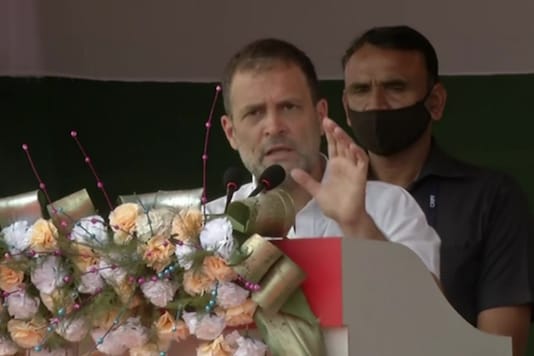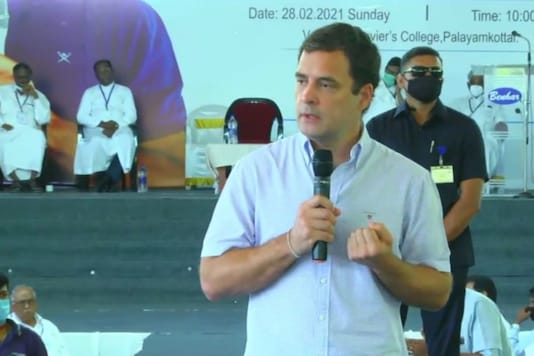India will implement a GPS-based toll collection system and do away with all toll booths within a year, Union Minister for Road Transport and Highways Nitin Gadkari informed the Lok Sabha on Thursday. He also shared details of the vehicle scrapping policy, first announced in the Union Budget for 2021-22, according to which the automobile industry in India will see a jump in turnover to ₹10 lakh crore from ₹4.5 lakh crore.
Chief Justice of India Sharad A. Bobde agreed with advocate Prashant Bhushan on Thursday to urgently hear a plea by NGO Association for Democratic Reforms to stay the sale of a new set of electoral bonds on April 1, before Assembly elections in crucial States such as West Bengal and Tamil Nadu.
Top U.S. and Chinese officials offered sharply different views of the world on March 18 as the two sides met face-to-face for the first time since President Joe Biden took office. In unusually pointed remarks for a staid diplomatic meeting, Secretary of State Antony Blinken and Chinese Communist Party foreign affairs chief Yang Jiechi took aim at each other’s policies at the start of two days of talks in Alaska.
The EU’s drug watchdog said on March 18 it is still convinced the benefits of AstraZeneca’s COVID-19 vaccine outweigh the risks following an investigation into reports of blood disorders that prompted more than a dozen nations to suspend its use.
The Rajya Sabha on Wednesday passed the Insurance Amendment Bill 2021 that increases the maximum foreign investment allowed in an insurance company from 49% to 74%, amid criticism from the Opposition parties on the clause enabling “control and ownership” by foreign investors.
The Supreme Court on Wednesday forbade judges from making gender stereotypical comments like “’good women are sexually chaste”, women who drink and smoke ‘ask’ for sexual advances or presume that a sexually active woman consented to rape while hearing cases of sexual offence.
Union Communications and Information Technology Minister Ravi Shankar Prasad said on Thursday that climate activist Disha Ravi’s arrest was based on law and order and it is under judicial process. He added that the House should consider “should some people abuse social media internationally to defame India to promote secessionism.”
Former Chief Economic Advisor (CEA) Arvind Subramanian resigned from Ashoka University on Thursday, days after noted columnist and political commentator Pratap Bhanu Mehta’s exit. In his resignation letter, Dr. Subramanian, said he had been “devastated” by “the circumstances involving the ‘resignation’ of Professor Pratap Bhanu Mehta” two days earlier.
In a major embarrassment to the Bharatiya Janata Party (BJP), two candidates announced by the party on Thursday for the Assembly polls from Kolkata have refused to contest on the party’s ticket.
The Supreme Court on Thursday stayed suo motu proceedings before the Delhi High Court on the administration of COVID-19 vaccine and transferred the case to itself. A Bench led by Chief Justice of India Sharad A. Bobde said a similar case concerning the vaccination drive was already pending in the Supreme Court, and the case from the Delhi High Court could be heard along with it.
The Supreme Court on Thursday agreed to urgently hear a plea to release and protect over 150 Rohingya refugees reportedly “detained” in Jammu. Chief Justice of India S.A. Bobde agreed to hear the application filed by a member of the Rohingya community, Mohammad Salimullah, represented by advocates Prashant Bhushan and Cheryl d’Souza, on April 25 (Thursday). Mr. Bhushan made an oral mention before the CJI for an early hearing.
The Lok Sabha on Thursday passed the supplementary demand for grants (second batch for 2020-21) but not before significant concerns raised by Opposition leaders on the government’s disinvestment and asset monetisation plans, and rising fuel prices.
If Ishan Kishan was unfortunate to be ruled out of the fourth T20I due to a groin strain, lady luck smiled on his replacement Suryakumar Yadav. The Mumbai cricketer, dropped for the previous outing after not having faced a ball on his debut in the second T20I, grabbed his chance and made it count.



